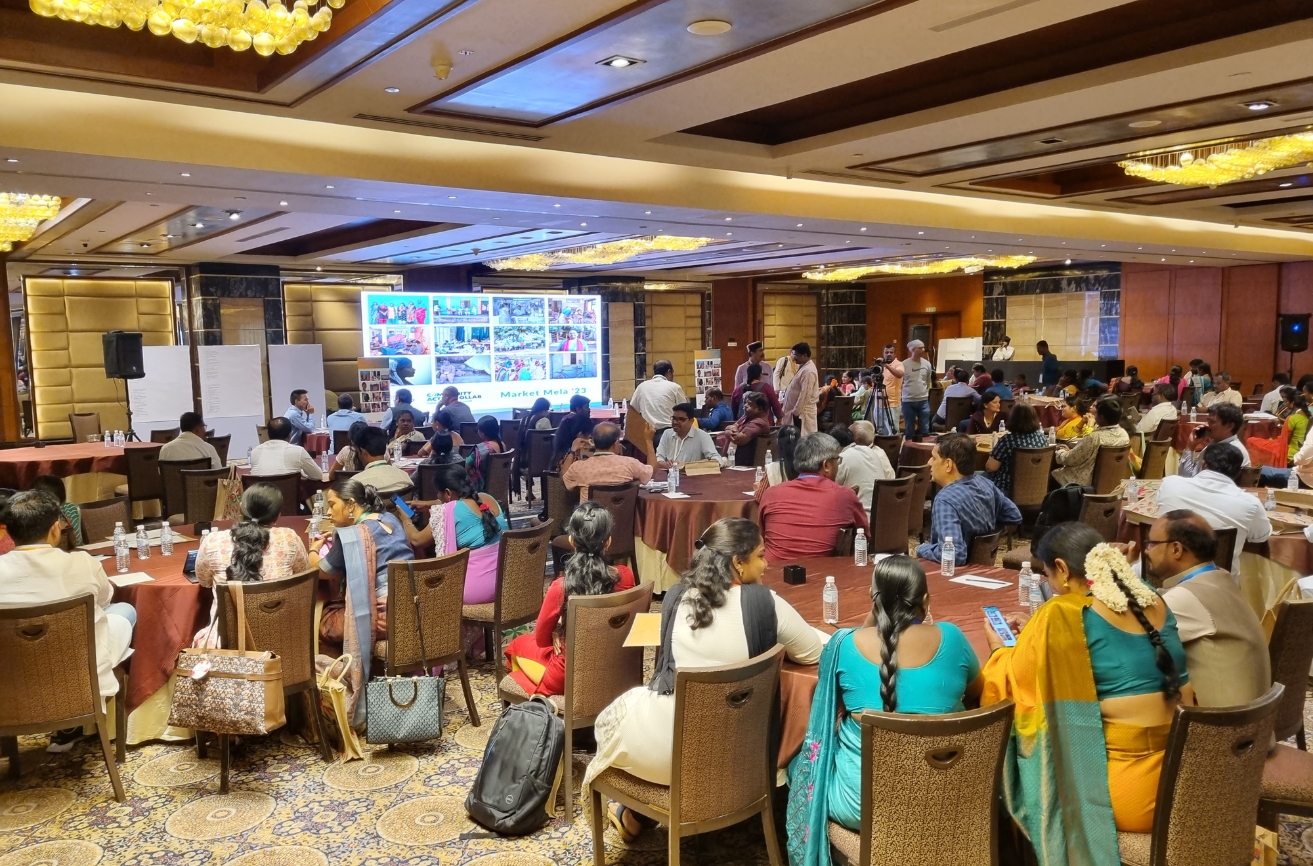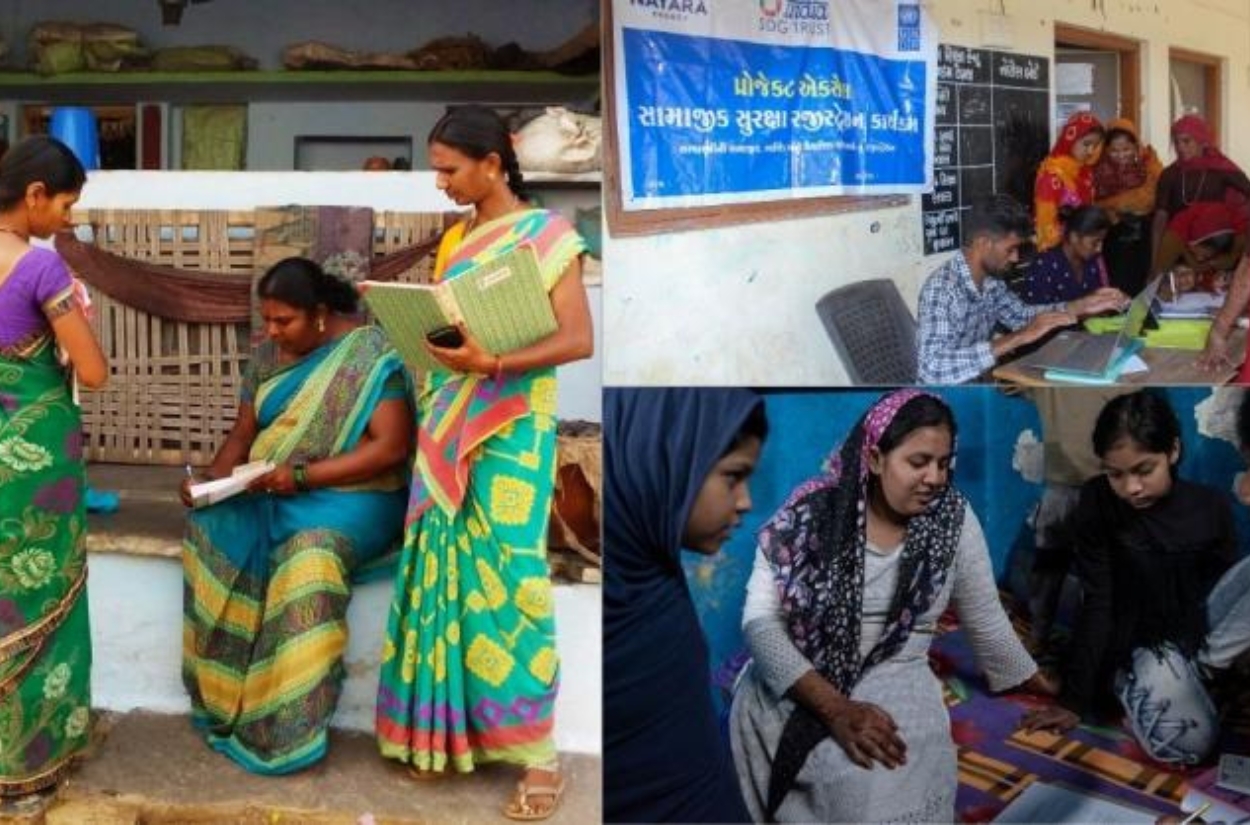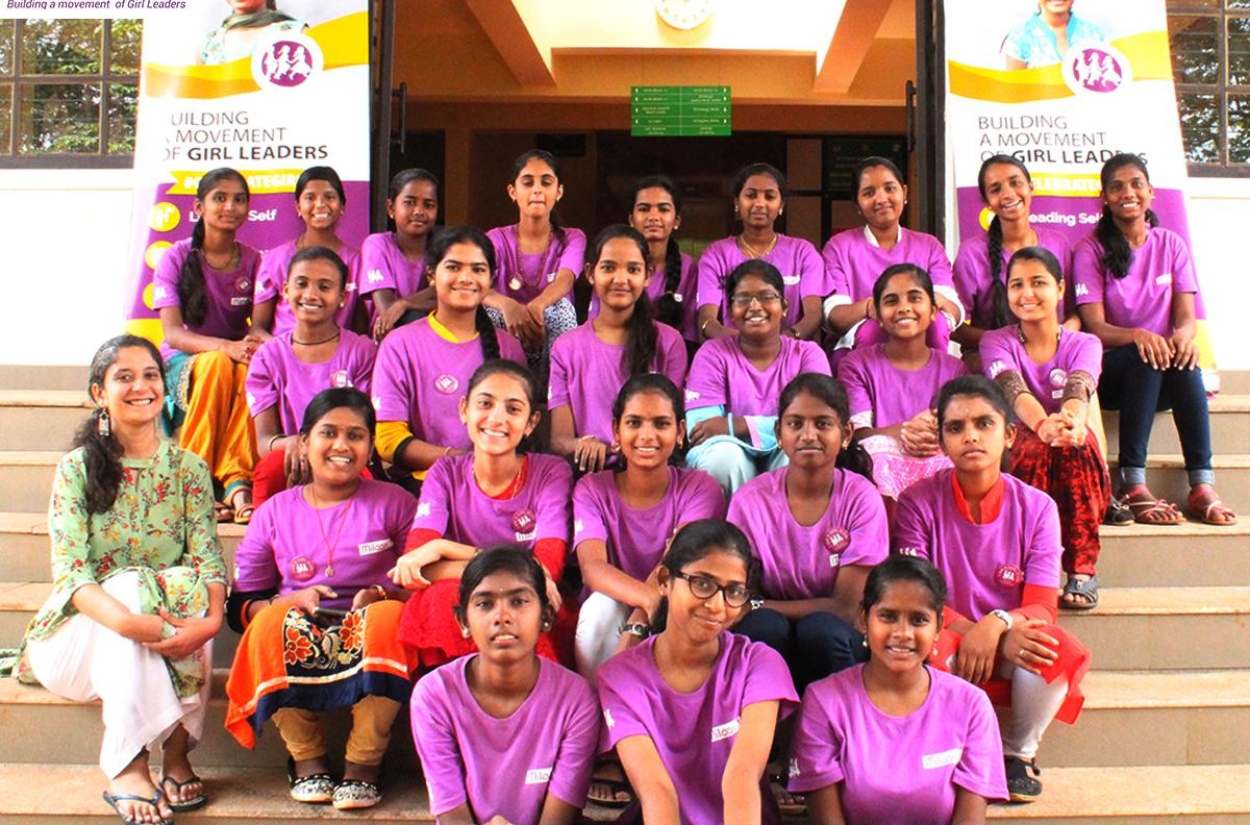Context for the Phicus Engagement
The CEO and Founder of the Think Tank has another 5 to 7 years, before he retires from a full-time CEO and executive management role. In order to hand over the reins of the organization in capable hands and plan for his succession, Phicus was invited to design a leadership potential assessment, for four Associate Director leaders, who will eventually take up key leadership roles to take its vision and strategy to fruition.
The Collaboration
Through preliminary conversations with the CEO, the 4 identified associate directors and other managers of the organization, including other stakeholders on the board, Phicus gained insights into the organization vision, strategy and operations. These insights were then used to craft a Success Profile of a Senior Leader at the Think Tank, given its external and internal context.
The Success profile was used to craft a leadership potential assessment tool, which was administered to a set of 8 to 12 key stakeholders of the 4 identified leaders, including a self- assessment done by the leaders themselves. Along with the quantitative assessment, each stakeholder of all 4 leaders was met with to gather qualitative inputs about their leadership potential. Additionally, each of the 4 leaders completed a psychometric personality assessment tool, to provide insights into their leadership preferences.
Stakeholder Feedback from the quantitative tool, qualitative inputs from the interviews and the psychometric test acted as inputs to create a comprehensive report for each leader, with areas of strength and development, which were shared and discussed with each leader.
The emergent profiles and potential of each of the leaders was discussed in detail with the CEO. Aligned to each of their strengths, the CEO identified roles that each of them would play over the next 1 to 2 years, in the interim. During this period the CEO will handhold and groom each leader to play their additional roles along with their current responsibilities – giving them enough of a learning curve to understand and contribute to the organization. At the end of this learning period, the CEO will have additional inputs and performance metrics to help make a decision on who amongst the 4 / or a combination them will eventually lead the organization.
Going Forward
The organization will have to put in place key systems and procedures to create an enabling environment for the 4 leaders to play to their strengths and contribute to the organization’s functioning, over and above their functional/technical roles. Towards this, Phicus looks forward to engaging further with the Think Tank, to set up the required systems and processes to take the Succession plan to fruition.










